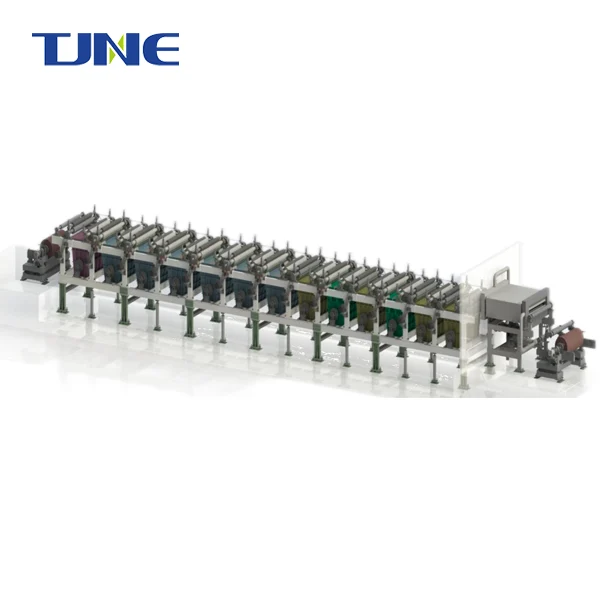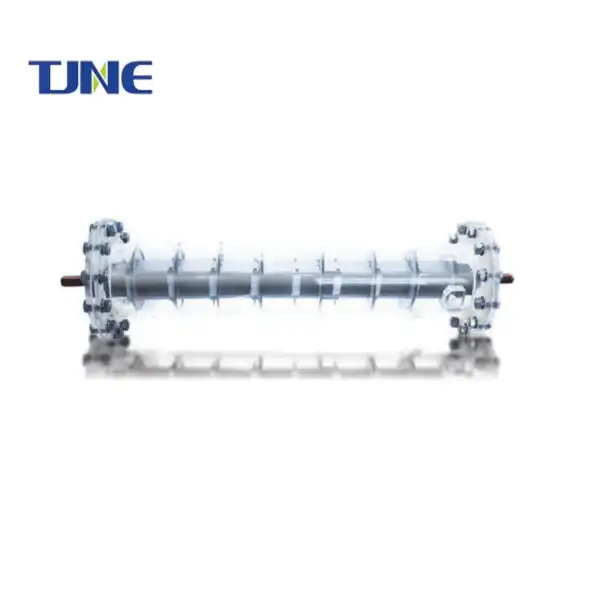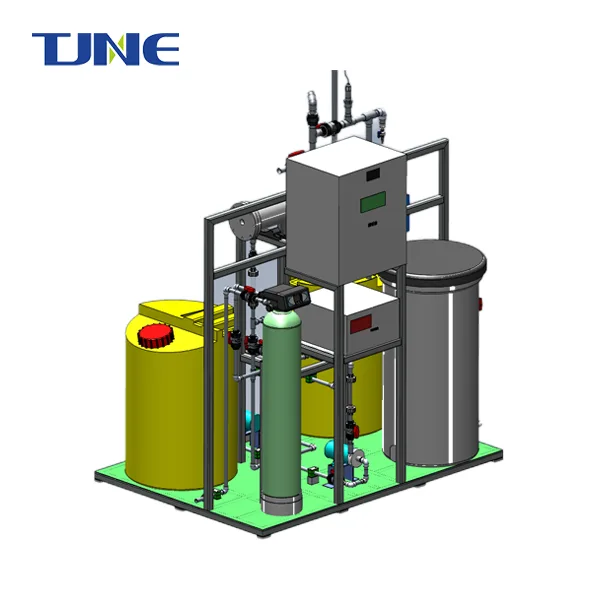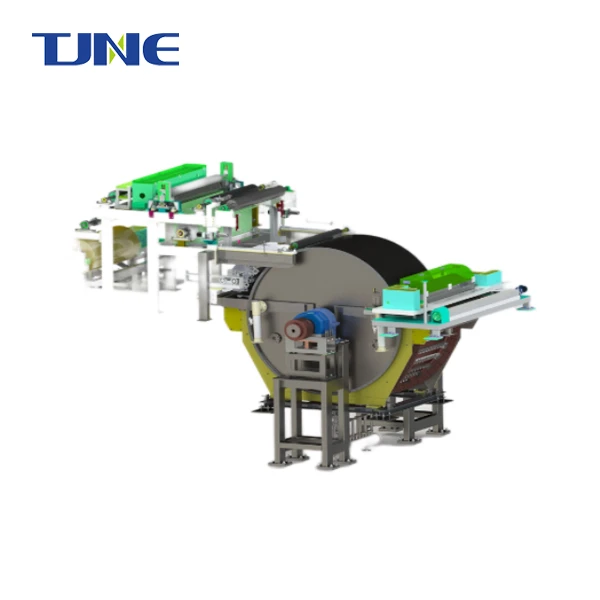- English
- French
- German
- Portuguese
- Spanish
- Russian
- Japanese
- Korean
- Arabic
- Greek
- German
- Turkish
- Italian
- Danish
- Romanian
- Indonesian
- Czech
- Afrikaans
- Swedish
- Polish
- Basque
- Catalan
- Esperanto
- Hindi
- Lao
- Albanian
- Amharic
- Armenian
- Azerbaijani
- Belarusian
- Bengali
- Bosnian
- Bulgarian
- Cebuano
- Chichewa
- Corsican
- Croatian
- Dutch
- Estonian
- Filipino
- Finnish
- Frisian
- Galician
- Georgian
- Gujarati
- Haitian
- Hausa
- Hawaiian
- Hebrew
- Hmong
- Hungarian
- Icelandic
- Igbo
- Javanese
- Kannada
- Kazakh
- Khmer
- Kurdish
- Kyrgyz
- Latin
- Latvian
- Lithuanian
- Luxembou..
- Macedonian
- Malagasy
- Malay
- Malayalam
- Maltese
- Maori
- Marathi
- Mongolian
- Burmese
- Nepali
- Norwegian
- Pashto
- Persian
- Punjabi
- Serbian
- Sesotho
- Sinhala
- Slovak
- Slovenian
- Somali
- Samoan
- Scots Gaelic
- Shona
- Sindhi
- Sundanese
- Swahili
- Tajik
- Tamil
- Telugu
- Thai
- Ukrainian
- Urdu
- Uzbek
- Vietnamese
- Welsh
- Xhosa
- Yiddish
- Yoruba
- Zulu
How Electrodeposited Cobalt on Titanium Substrates Can Be Used for Efficient Water Splitting?
Water splitting, the process of breaking water molecules into hydrogen and oxygen, is a crucial technology for clean energy production. One promising approach to enhance the efficiency of this process is the use of electrodeposited cobalt on titanium substrates. This combination of materials offers several advantages, including improved catalytic activity, durability, and cost-effectiveness. In this blog post, we'll explore how this innovative electrode design can revolutionize water splitting for hydrogen production.
What are the benefits of using titanium as a substrate for cobalt electrodeposition in water splitting?
Titanium has emerged as an excellent substrate material for cobalt electrodeposition in water splitting applications due to its unique properties and advantages. The use of titanium as a substrate offers several benefits that contribute to the overall efficiency and performance of the water splitting process.
Firstly, titanium possesses exceptional corrosion resistance, which is crucial in the harsh electrochemical environment of water splitting cells. This resistance to corrosion ensures the longevity of the electrode, reducing the need for frequent replacements and maintenance. The stability of titanium in both acidic and alkaline conditions makes it suitable for a wide range of electrolyte compositions, providing flexibility in electrode design and optimization.
Secondly, titanium has a relatively low density compared to other metals, making it lightweight yet strong. This characteristic allows for the fabrication of large-scale electrodes without significantly increasing the overall weight of the system. The mechanical strength of titanium also contributes to the durability of the electrode, enabling it to withstand the physical stresses associated with gas evolution during water splitting.
Another significant advantage of using titanium as a substrate is its excellent electrical conductivity. While not as conductive as some other metals like copper or silver, titanium provides sufficient conductivity to support efficient electron transfer during the electrochemical reactions. This property, combined with its corrosion resistance, makes titanium an ideal candidate for long-term stable performance in water splitting applications.
Furthermore, titanium has a natural oxide layer (TiO2) that forms on its surface when exposed to air or water. This oxide layer can act as a protective barrier, further enhancing the corrosion resistance of the substrate. Interestingly, the TiO2 layer can also contribute to the overall catalytic activity of the electrode, as it has been shown to possess some catalytic properties for water splitting reactions.
The surface properties of titanium also play a crucial role in its effectiveness as a substrate for cobalt electrodeposition. Titanium can be easily modified through various surface treatment techniques, such as etching or anodization, to increase its surface area and improve adhesion of the cobalt catalyst. This enhanced surface area not only provides more active sites for the catalytic reaction but also promotes better bonding between the cobalt layer and the titanium substrate, leading to improved stability and longevity of the electrode.
Moreover, titanium's biocompatibility and environmental friendliness make it an attractive choice for large-scale water splitting applications. As the world moves towards more sustainable energy solutions, the use of non-toxic and recyclable materials becomes increasingly important. Titanium fits these criteria, aligning well with the overall goals of clean energy production through water splitting.
Lastly, the cost-effectiveness of titanium compared to other noble metals traditionally used in electrocatalysis, such as platinum or iridium, makes it an economically viable option for large-scale implementation. While titanium is more expensive than some common metals, its long-term durability and performance in water splitting applications often justify the initial investment.
In conclusion, the use of titanium as a substrate for cobalt electrodeposition in water splitting offers a combination of benefits including corrosion resistance, mechanical strength, electrical conductivity, surface modifiability, and cost-effectiveness. These advantages make titanium an excellent choice for developing efficient and durable electrodes for water splitting applications, paving the way for more sustainable hydrogen production technologies.
How does the electrodeposition process affect the performance of cobalt catalysts on titanium electrodes?
The electrodeposition process plays a crucial role in determining the performance of cobalt catalysts on titanium electrodes for water splitting. This method of catalyst preparation offers precise control over the deposition parameters, allowing for the optimization of the catalyst's structure, morphology, and composition. Understanding how the electrodeposition process affects the performance of cobalt catalysts is essential for developing highly efficient water splitting electrodes.
One of the primary ways in which electrodeposition influences catalyst performance is through control of the catalyst loading and thickness. The amount of cobalt deposited on the titanium substrate can be finely tuned by adjusting the deposition time, current density, and electrolyte concentration. Optimal catalyst loading is critical for maximizing the active surface area while maintaining good electrical conductivity and mechanical stability. Too thin a layer may not provide sufficient catalytic sites, while an excessively thick layer can lead to poor adhesion and increased electrical resistance.
The morphology of the deposited cobalt catalyst is another crucial factor affected by the electrodeposition process. By manipulating parameters such as the deposition potential, pH of the electrolyte, and the presence of additives, it's possible to control the growth of cobalt nanostructures on the titanium surface. For example, lower deposition potentials often result in more compact and smooth cobalt films, while higher potentials can lead to the formation of dendritic or porous structures. These different morphologies significantly impact the catalytic activity due to variations in the exposed surface area and the number of active sites available for the water splitting reaction.
The crystalline structure of the deposited cobalt is also influenced by the electrodeposition conditions. The crystal phase and orientation of the cobalt catalyst can affect its catalytic properties. For instance, certain crystal facets of cobalt have been shown to be more active for the hydrogen evolution reaction (HER) or the oxygen evolution reaction (OER) in water splitting. By carefully controlling the deposition parameters, it's possible to promote the growth of these more active crystal facets, enhancing the overall catalytic performance of the electrode.
Another important aspect of the electrodeposition process is its ability to incorporate dopants or form alloys during the deposition of cobalt. By adding small amounts of other metals or non-metallic elements to the deposition electrolyte, it's possible to modify the electronic structure of the cobalt catalyst. This can lead to enhanced catalytic activity through synergistic effects or by optimizing the binding energies of reaction intermediates. For example, the co-deposition of iron with cobalt has been shown to significantly improve the activity for the oxygen evolution reaction.
The electrodeposition process also affects the interface between the cobalt catalyst and the titanium substrate. A good interfacial contact is essential for efficient electron transfer and long-term stability of the electrode. The initial stages of electrodeposition, including the nucleation and growth of cobalt on titanium, are critical in determining the strength of this interface. Proper control of the deposition parameters can promote strong adhesion and minimize delamination of the catalyst layer during long-term operation.
Furthermore, the electrodeposition process can influence the porosity and surface roughness of the cobalt catalyst layer. A porous structure with high surface roughness can significantly increase the effective surface area of the catalyst, providing more active sites for the water splitting reaction. However, it's important to balance this increased surface area with the need for good electrical conductivity and mechanical stability. The electrodeposition parameters can be adjusted to achieve an optimal balance between these factors.
The composition of the electrodeposition bath is another critical factor that affects the performance of the resulting cobalt catalyst. The choice of cobalt salt, supporting electrolyte, and pH buffer can influence the deposition kinetics, the incorporation of impurities, and the final composition of the catalyst layer. For example, the use of complexing agents in the deposition bath can modify the deposition potential of cobalt and affect the resulting catalyst structure and composition.
Lastly, the electrodeposition process allows for the creation of multilayer or gradient structures. By sequentially depositing different materials or varying the deposition conditions during the process, it's possible to create electrodes with optimized properties for both the HER and OER reactions. This approach can lead to bifunctional electrodes capable of efficiently catalyzing both half-reactions of water splitting.
In conclusion, the electrodeposition process profoundly affects the performance of cobalt catalysts on titanium electrodes for water splitting. By carefully controlling the deposition parameters, it's possible to optimize the catalyst's loading, morphology, crystalline structure, composition, and interface with the substrate. This level of control allows for the development of highly efficient and stable electrodes tailored for specific water splitting applications. As research in this field continues, further refinements in the electrodeposition process will likely lead to even more advanced cobalt-based catalysts for water splitting technologies.
Can electrodeposited cobalt-titanium electrodes outperform traditional platinum catalysts in water electrolysis?
The quest for efficient and cost-effective catalysts for water electrolysis has led researchers to explore alternatives to traditional platinum catalysts. Among these alternatives, electrodeposited cobalt on titanium substrates has emerged as a promising candidate. The question of whether these cobalt-titanium electrodes can outperform platinum catalysts is of significant interest to the scientific community and industry alike.
To address this question, it's important to consider several aspects of catalyst performance, including catalytic activity, stability, cost-effectiveness, and scalability. Platinum has long been considered the benchmark catalyst for water electrolysis due to its exceptional catalytic activity and stability. However, its high cost and scarcity have motivated the search for more abundant and economical alternatives.
In terms of catalytic activity, recent advancements in the design and preparation of cobalt-based catalysts have shown remarkable progress. While platinum still generally exhibits superior intrinsic activity for the hydrogen evolution reaction (HER), particularly in acidic media, cobalt-based catalysts have demonstrated comparable or even superior performance for the oxygen evolution reaction (OER) in alkaline conditions. The ability to fine-tune the properties of electrodeposited cobalt through careful control of the deposition parameters allows for optimization of the catalyst's activity.
One of the key advantages of electrodeposited cobalt on titanium is the potential for creating high surface area electrodes. The electrodeposition process can be controlled to produce nanostructured cobalt catalysts with a large number of active sites. This increased surface area can compensate for the lower intrinsic activity of cobalt compared to platinum, potentially leading to overall performance that rivals or exceeds that of platinum-based electrodes.
Stability is another critical factor in evaluating catalyst performance. While platinum is known for its excellent stability in acidic environments, it can suffer from dissolution and agglomeration under high anodic potentials in alkaline media. Cobalt-based catalysts, on the other hand, have shown remarkable stability in alkaline conditions, which are often preferred for large-scale water electrolysis due to the use of less corrosive electrolytes and cheaper cell components. The strong adhesion between electrodeposited cobalt and the titanium substrate, coupled with the formation of stable cobalt oxyhydroxide phases during OER, contributes to the long-term durability of these electrodes.
Cost-effectiveness is perhaps the most significant advantage of cobalt-titanium electrodes over platinum catalysts. Cobalt is substantially more abundant and less expensive than platinum, making it a more economically viable option for large-scale implementation of water electrolysis technologies. The use of titanium as a substrate, while more expensive than some alternatives, offers a good balance of performance and cost, especially considering its excellent corrosion resistance and durability.
Scalability is another area where cobalt-titanium electrodes may have an edge over platinum catalysts. The electrodeposition process is well-suited for large-scale production and can be easily integrated into existing manufacturing processes. Additionally, the ability to deposit cobalt on complex titanium structures allows for the creation of high-surface-area electrodes with optimized geometries for efficient gas evolution and bubble management.
Recent research has shown that certain cobalt-based catalysts can indeed outperform platinum in specific water electrolysis applications, particularly for the OER in alkaline electrolyzers. For example, nanostructured cobalt oxyhydroxide catalysts have demonstrated lower overpotentials and higher current densities compared to state-of-the-art iridium oxide catalysts, which are often used as benchmarks for OER in acidic media.
However, it's important to note that the performance of cobalt-titanium electrodes can vary significantly depending on the specific preparation methods, electrolyte conditions, and operating parameters. While some studies have reported superior performance to platinum, others have found comparable or slightly lower activity. The key lies in optimizing the electrode design and composition for the specific application and operating conditions.
One strategy that has shown promise is the development of bifunctional cobalt-based catalysts that can efficiently catalyze both the HER and OER. This approach eliminates the need for separate catalysts for each half-reaction, potentially simplifying electrode design and reducing overall system costs. Some researchers have achieved this by creating composite materials or by carefully tuning the electronic structure of the cobalt catalyst through doping or alloying.
Another avenue for improving the performance of cobalt-titanium electrodes is through the incorporation of other transition metals or non-metallic elements. For example, the addition of iron to cobalt catalysts has been shown to significantly enhance OER activity, in some cases surpassing the performance of precious metal catalysts. Similarly, the incorporation of phosphorus or nitrogen into the cobalt catalyst structure can modify its electronic properties and improve catalytic activity.
In conclusion, while traditional platinum catalysts still hold certain advantages, particularly for HER in acidic media, electrodeposited cobalt-titanium electrodes have demonstrated the potential to outperform platinum in several aspects of water electrolysis. Their excellent activity for OER in alkaline conditions, coupled with superior stability, cost-effectiveness, and scalability, make them highly attractive for large-scale water splitting applications. As research in this field continues to advance, it is likely that further improvements in the design and preparation of cobalt-based catalysts will lead to electrodes that consistently outperform platinum across a wide range of operating conditions. The ultimate goal is to develop catalysts that combine high activity, long-term stability, and low cost, paving the way for more efficient and economical hydrogen production through water electrolysis.
If you are interested in the products of Xi'an Taijin New Energy Technology Co., Ltd., please contact yangbo@tjanode.com.
References:
1. Wang, J., Xu, F., Jin, H., Chen, Y., & Wang, Y. (2017). Non-noble metal-based carbon composites in hydrogen evolution reaction: Fundamentals to applications. Advanced Materials, 29(14), 1605838.
2. Burke, M. S., Enman, L. J., Batchellor, A. S., Zou, S., & Boettcher, S. W. (2015). Oxygen evolution reaction electrocatalysis on transition metal oxides and (oxy)hydroxides: Activity trends and design principles. Chemistry of Materials, 27(22), 7549-7558.
3. Seh, Z. W., Kibsgaard, J., Dickens, C. F., Chorkendorff, I., Nørskov, J. K., & Jaramillo, T. F. (2017). Combining theory and experiment in electrocatalysis: Insights into materials design. Science, 355(6321), eaad4998.
4. Mahmood, N., Yao, Y., Zhang, J. W., Pan, L., Zhang, X., & Zou, J. J. (2018). Electrocatalysts for hydrogen evolution in alkaline electrolytes: Mechanisms, challenges, and prospective solutions. Advanced Science, 5(2), 1700464.
5. Zhu, Y. P., Guo, C., Zheng, Y., & Qiao, S. Z. (2017). Surface and interface engineering of noble-metal-free electrocatalysts for efficient energy conversion processes. Accounts of chemical research, 50(4), 915-923.
6. Zhao, Y., Zhang, J., Wu, W., Guo, X., Xiong, P., Liu, H., & Wang, G. (2018). Cobalt-based materials for efficient oxygen and hydrogen evolution reactions. Nano Energy, 54, 129-137.
7. McCrory, C. C., Jung, S., Ferrer, I. M., Chatman, S. M., Peters, J. C., & Jaramillo, T. F. (2015). Benchmarking hydrogen evolving reaction and oxygen evolving reaction electrocatalysts for solar water splitting devices. Journal of the American Chemical Society, 137(13), 4347-4357.
8. Zou, X., & Zhang, Y. (2015). Noble metal-free hydrogen evolution catalysts for water splitting. Chemical Society Reviews, 44(15), 5148-5180.
9. Tahir, M., Pan, L., Idrees, F., Zhang, X., Wang, L., Zou, J. J., & Wang, Z. L. (2017). Electrocatalytic oxygen evolution reaction for energy conversion and storage: A comprehensive review. Nano Energy, 37, 136-157.
10. Dinh, C. T., Jain, A., de Arquer, F. P. G., De Luna, P., Li, J., Wang, N., ... & Sargent, E. H. (2019). Multi-site electrocatalysts for hydrogen evolution in neutral media by destabilization of water molecules. Nature Energy, 4(2), 107-114.












